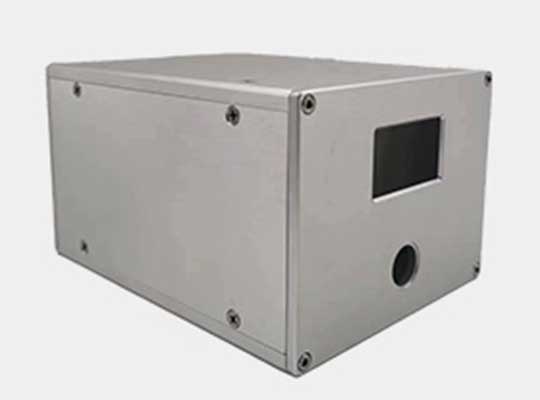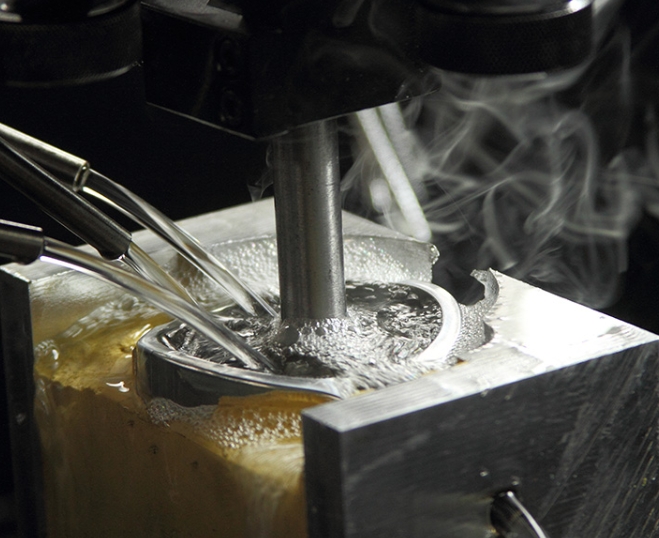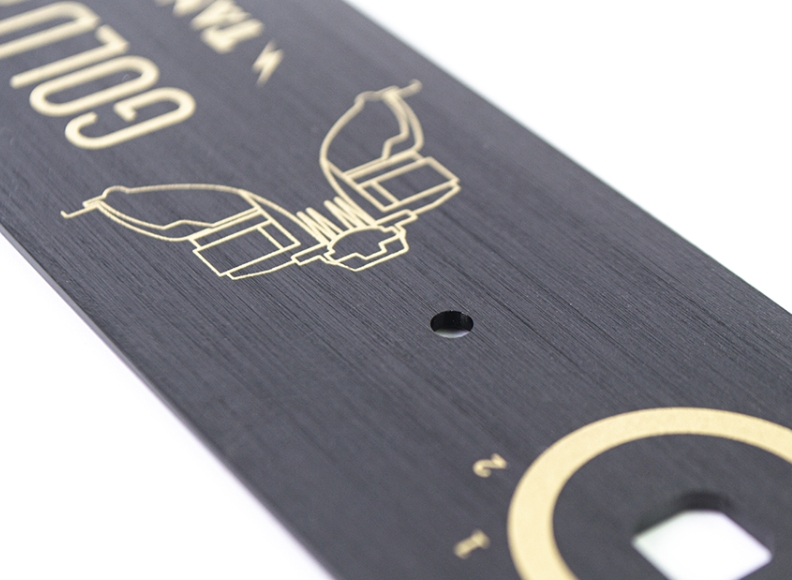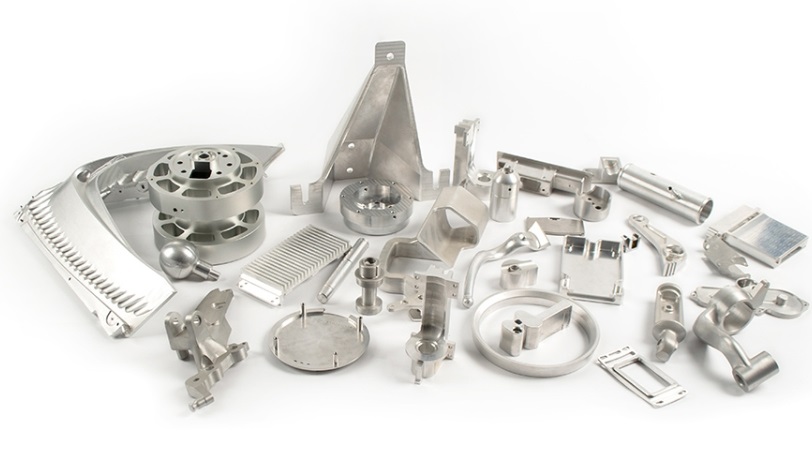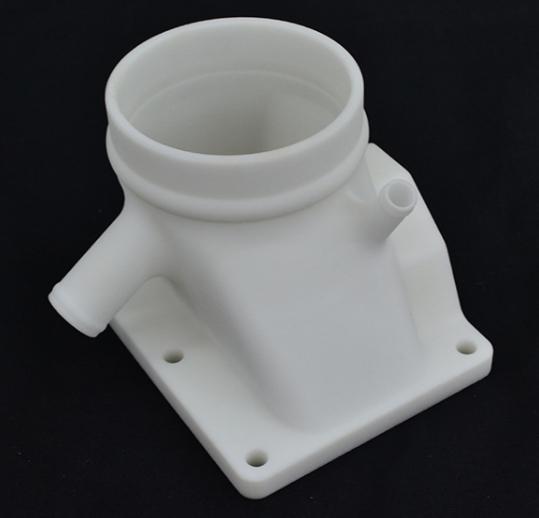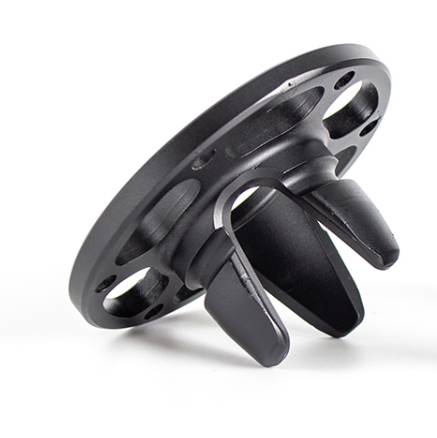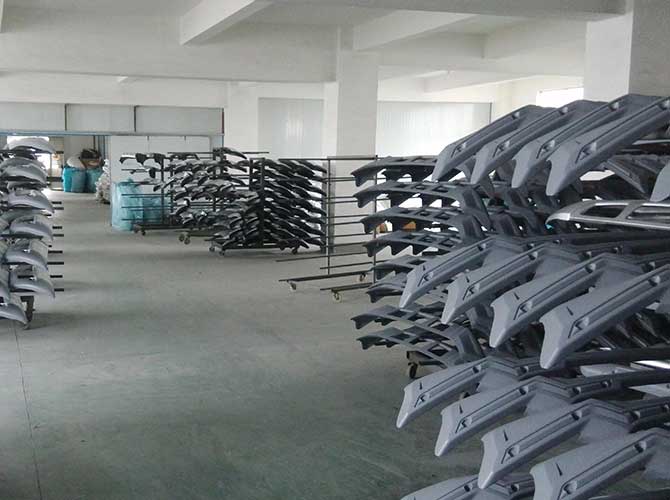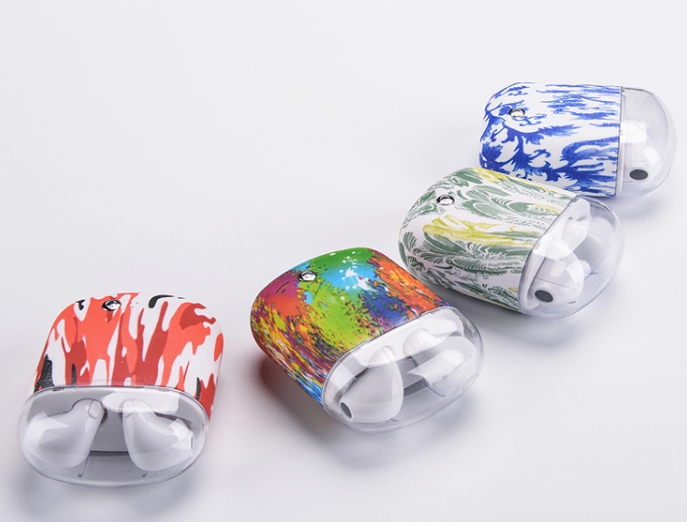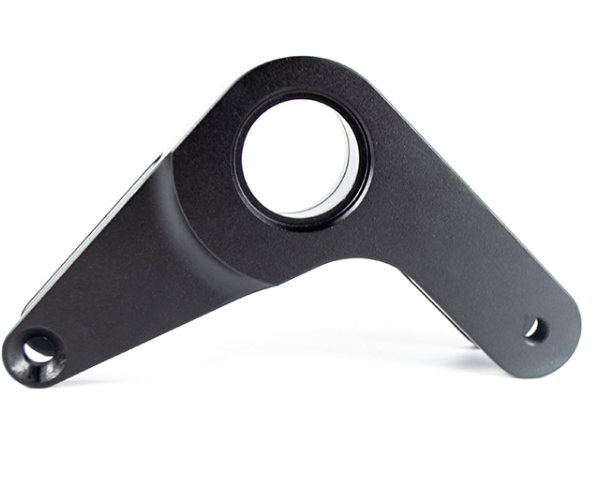Silicone Duplicates Mold: How Many Times Can It Be Used? A Practical Guide for 2025
If you’re in industries like automotive prototyping, consumer electronics development, or medical device testing, you’ve probably relied on silicone duplicates molds for low-volume production. But one question always comes up: How many times can these molds actually be used? В этом руководстве, we’ll break down the mold’s lifespan, what affects it, how to make it […]
